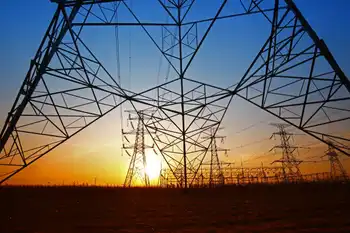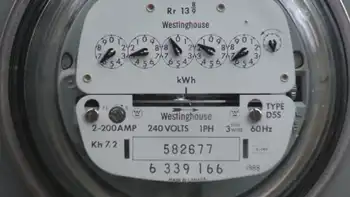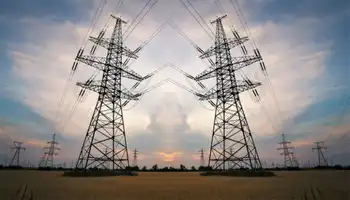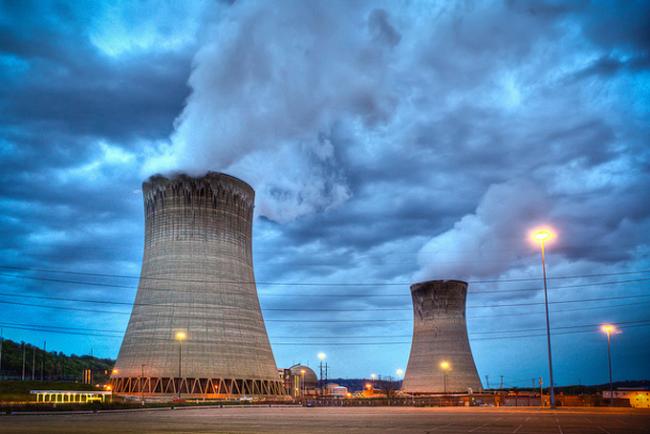Duke sees rooftops as future power plants
By NPR
Electrical Testing & Commissioning of Power Systems
Our customized live online or in‑person group training can be delivered to your staff at your location.

- Live Online
- 12 hours Instructor-led
- Group Training Available
"We'd love to have the panels — if we could afford it — and be completely green," Durkin says. But given that his utility bill is only about $200 a month, he says "it made no sense."
Then he heard that his local electric company, Duke Energy, wants to install solar panels on hundreds of customers' roofs and vacant lots.
"If Duke could put them up and they're going to get a better deal with it, then at least I'm helping the cause, and that's what I wanted to do," Durkin says.
For decades, Duke Energy has envisioned massive coal-fired and nuclear power plants as the best way to generate electricity for 4 million customers. But a new state law and the possibility of federal restrictions on greenhouse gases is pushing the 104-year-old utility to try new things.
The Charlotte-based company wanted to spend $100 million to install solar panels at 850 sites, but it cut the cost and number of sites in half to speed approval of the project.
Duke CEO Jim Rogers says he sees smaller-scale power generation as a crucial way to meet the growing need for electricity while also cutting the greenhouse gas emissions that contribute to climate change.
"And another way to think about this is: As I look out to my customers, I view their rooftops as future power plant sites," Rogers says.
More than half of states, including North Carolina, require electric companies to produce a portion of their electricity with clean, renewable energy. Many utilities are buying electricity from customers who own solar panels. Others are bankrolling large-scale solar generation.
But Duke seems to be the first utility in the nation to try to own solar panels on its customers' roofs and vacant lots.
Duke Energy officials predict they will be able to drive down the costs of solar power because of economies of scale and because they pay low interest rates on the money they will borrow to pay for the project.
"My bet is at the end of the day, we'll be able to do it at a lower cost than anyone else, Rogers says.
Here's how it would work: Duke would own and operate the solar panels and pay customers to use their roofs or lots. The electricity would go straight onto the grid. Customers would still have to pay for their power.
The idea seems to be catching on. Although the company has not advertised the project yet, 450 customers already have raised their hands, including Mike Davis, the plant superintendent at INX International, an ink factory near the Charlotte airport.
Even on autumn afternoons, the sun beats down on the factory's white roof. Davis has been looking into installing solar panels. Because of high upfront costs, he thought he'd have to start small — but perhaps not if Duke installs the system.
"They would purchase it. They would set it up. They would maintain it. We would just give them a location to put it. And that would be great," Davis says.
Even though the solar power wouldn't technically belong to INX, he says the company still would be helping to fight global warming.
"We're doing our part to reduce the pollution, the greenhouse gases. Right there is a noble cause," Davis says.
But not everyone is enthusiastic about Duke's proposal. The state agency that helps regulate Duke has argued that the company could buy other renewable power — and even other solar power at cheaper prices.
"The project that Duke proposed is very expensive, even for solar," says James McLawhorn, who heads the electricity division of North Carolina Public Staff, the state agency that advocates for consumers. The agency also advises the North Carolina Utilities Commission, which will decide whether to approve Duke Energy's proposal. It's unclear when the commission will make a decision on the matter.
Even at the proposal's smaller-than-planned size, scores of companies from as far away as Europe are vying to install the solar systems for Duke Energy.
"We're just happy that it's created a lot of excitement and a lot of buzz, and I think it's great that they're really doing something," says Erik Lensch of Argand Energy Solutions, one of the companies bidding to install solar panels for Duke.
Lensch says Duke Energy's project shows that solar power's time has come.
In fact, he's banking on it. He just installed solar panels on the roof of his own office building.
Federal and state tax credits and other incentives will help him recoup his initial expenditure.
"Roughly speaking, about 60 percent of this investment is going to come back to us in the form of tax credits," Lensch says. "And basically, I'm locking in the price of power for 30 years. It's going to pay for itself pretty quickly."
And Lensch notes another benefit: knowing that he's using the cleanest power on the planet.











